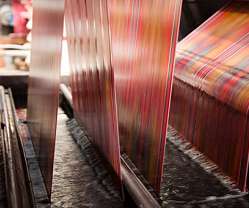Understanding the Relevance of IPR in the Fashion Industry
IP and Legal Filings
SEPTEMBER 17, 2021
More specifically, in India, the design act, 2000 protects designs that feature shapes, patterns, ornaments, or compositions of lines or colors applied to any article in two or three-dimensional forms. Therefore, the designs act ensures the protection or registration of designs that may be aesthetic in nature that is applied to textiles.












Let's personalize your content